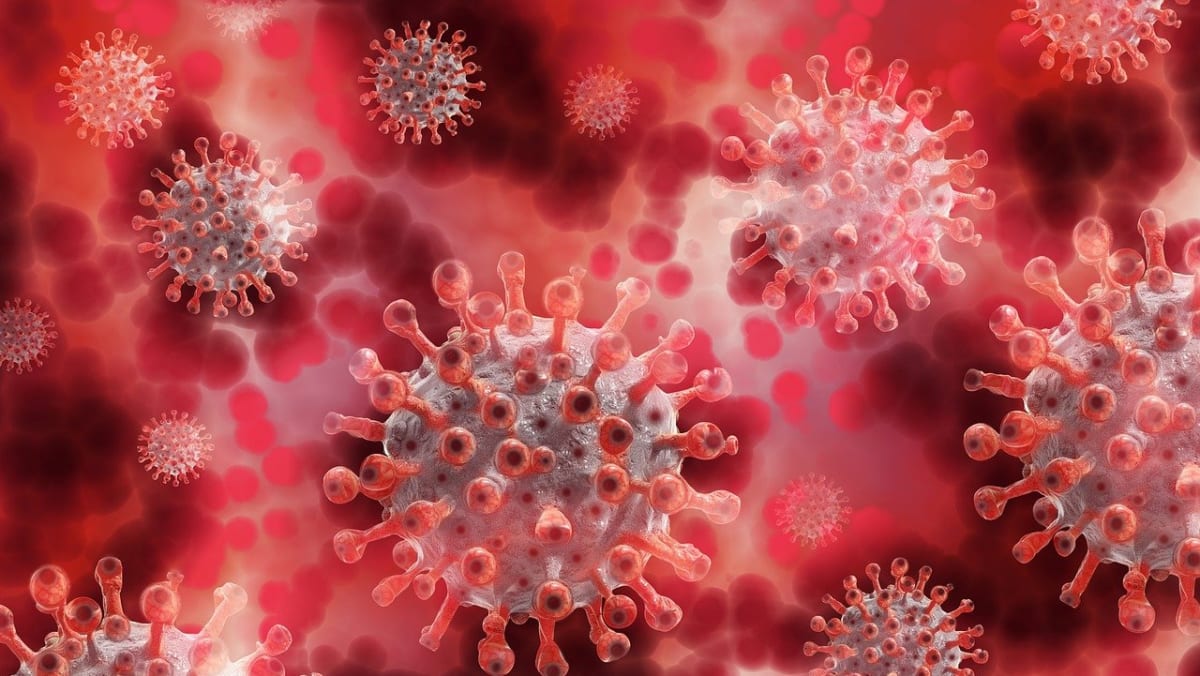Infection
Explainer: What is the new Covid-19 strain ‘Pirola’ and should Singapore be worried about its spread?
SINGAPORE — A new Covid-19 virus strain BA.2.86, also known as “Pirola”, is raising eyebrows among global health experts due to its numerous mutations that could have implications on its infectivity.
While research is ongoing, vaccines are expected to remain effective in mitigating severe complications from infection.
Pirola is a newly recognised variant of Omicron, an earlier variant of the original Sars-CoV-2 coronavirus that causes Covid-19.
The new strain has more than 30 mutations to its spike protein compared to earlier Omicron subvariants, which is why it has been dubbed a “variant under monitoring” by the World Health Organization (WHO).
The Omicron strain itself, when it first emerged in 2021, contains 32 changes in the spike protein and included mutations that can increase transmission and evade immunity. It was more infectious than an earlier Delta strain.
A bulletin by Yale Medicine, the clinical practice for the Yale School of Medicine, states that the mutation of Pirola’s spike protein is of concern since the spike protein is the means by which the coronavirus enters human cells. The spike protein is also the part of the virus targeted by a vaccine.
The new strain has been found in Denmark, Israel, the United Kingdom and the United States, among other countries so far.
International reports of Pirola have garnered worldwide attention as to how widespread the new variant may be, and if it may be more transmissible than previous strains.
TODAY has reached out to the Ministry of Health (MOH) here on whether there are cases of Pirola in Singapore.
Variations in any virus can affect how contagious it is, but there is no clear answer on how well the Pirola spreads in comparison to other variants, a report by the US Centers for Disease Control and Prevention (CDC) said on Aug 30.
WHAT SCIENTISTS KNOW OF PIROLA
The new Covid-19 strain was named by scientists on social media as “Pirola” after an asteroid near Jupiter — for its uniqueness and its closeness to the Greek letters “Pi” and “Rho” — referencing the WHO’s system of using the Greek alphabet to label key variants.
The mutations of this virus’ spike protein have been relatively high compared to earlier Omicron subvariants such as XBB.1.5.
It is the “multiple genetic differences from previous versions” that make Pirola notable, the US CDC said.
WHO defines a “variant under monitoring” as a Sars-CoV-2 variant with genetic changes that are suspected to affect virus characteristics and “early signals of growth advantage relative to other circulating variants”.
These variants also require enhanced monitoring and reassessment pending new evidence.
The latest risk assessment summary for the new variant by the US CDC showed that Pirola may be more capable of causing infection in people who have had Covid-19 or who have received Covid-19 vaccines.
However, research is ongoing as to the effectiveness of updated vaccines against the newly mutated strain.
WHERE DID PIROLA FIRST EMERGE?
WHO said that the earliest documented samples of the variant were detected on July 24.
First discovered in Denmark and Israel, reports of the new strain were later found in laboratories in England, South Africa and the US.
There are relatively few reported cases so far, but its spread across borders has raised alarm as to the effectiveness of vaccines and acquired immunity against the new strain.
Since Singapore reverted to Dorscon Green, the lowest level of disease outbreak response classification on Feb 13, MOH has been publishing on its website key Covid-19 statistics on a weekly basis.
For the week of Aug 20 to 26, Covid-19 infections here are estimated to be about 6,650 cases.
HOW EFFECTIVE ARE VACCINES?
Infectious disease experts who spoke to TODAY said that there is no cause for concern for now.
Dr Paul Tambyah, president of the International Society for Infectious Diseases, cited previous examples of “variants of interest” classified by WHO that have spread to Singapore.
This includes variants that WHO has tracked, such as EG.5 and XBB 1.16, which have not had a large impact on the number of reported infections in Singapore.
“Despite their ability to bypass vaccines and, to a certain extent, prior immunity, they have not had a significant impact on Covid-19 numbers in Singapore, especially not on hospitalisations”, he added.
Additionally, the US CDC has also reported that existing tests used to detect and medications used to treat Covid-19 appear to be effective with this new variant.
More research is being done to assess vaccine effectiveness, but there is no evidence for now that Pirola causes more severe illness, and updated vaccines are still projected to be effective at reducing severe diseases and hospitalisations, the US CDC added.
Dr Leong Hoe Nam, an infectious disease physician at Rophi Clinic, said that the new variant should not cause concern for the average Singaporean.
“The rest of the world are worrying because they have not had the same degree of vaccination or ‘herd immunity’ as us.”
However, he stressed that older adults and those who are immunocompromised should stay updated with their vaccine boosters to minimise “hospitalisation risk”.
In Singapore, people aged 60 and above, as well as those who are medically vulnerable, are “strongly encouraged” by the health authorities to receive one dose of the updated bivalent vaccine around one year after their last booster shot.
Members of the public may go online to the VaccineGoWhere website to find their nearest Covid-19 vaccination venue.
One may start to receive a booster jab after five months from the last booster dose, MOH advised.

